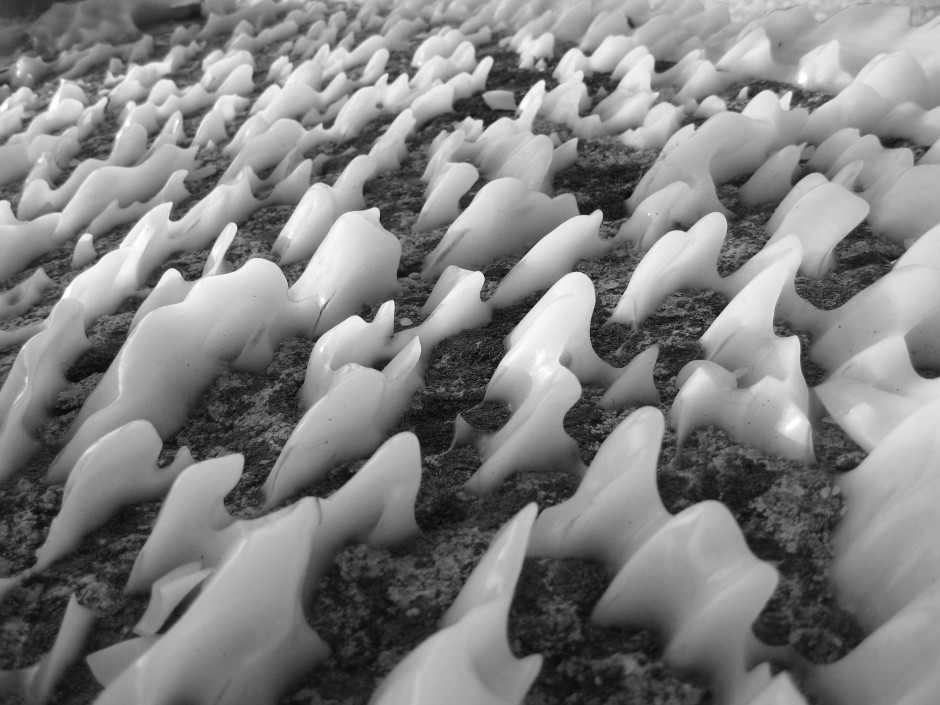
Icy Landscape by Lucien von Gunten, distributed by the EGU under a Creative Commons license.
Ice is a hazardous beauty, ephemeral in nature and, under the right conditions, capable of dominating landscapes. Earlier this year, while North America enjoyed an unusually mild winter, central and eastern Europe experienced brutal cold spells. The continent witnessed widespread freezing as cold air swept south from Siberia, claiming hundreds of lives, knocking out power supplies, and disrupting transport services. In Poland and the Ukraine, temperatures dropped as low as -33C and in Italy over 80,000 citizens were left without electricity after power lines were felled by trees.
This year’s icy spell brought Switzerland its coldest weather since 1987, the year it experienced its lowest ever recorded temperature. Lucien von Gunten, Science Officer at PAGES (Past Global Changes), explains the exceptional circumstances behind this captivating shot, taken earlier this year. “In Versoix, near the Lake of Geneva, the combination of low temperatures and strong easterly winds led to an unusual natural spectacle as the lake shores were partly covered with ice. Images of cars and boats under a thick ice shell were shown in the international press. Next to these popular eye-catchers one could also admire smaller scale ice structure, such as those depicted on this photograph, which covers an area of 30×30 cm.” This photo won 3rd Prize at the 2012 General Assembly photo competition.
Exceptional weather events, such as extreme temperatures, drought, or tropical storms and hurricanes, have increased in frequency over the past 50 years, partly as a result of human-induced climate change.
More pictures of Switzerland during this year’s freeze can be seen here.
Imaggeo is the online open access geosciences image repository of the European Geosciences Union. Every geoscientist who is an amateur photographer (but also other people) can submit their images to this repository. Being open access, it can be used by scientists for their presentations or publications as well as by the press. If you submit your images to imaggeo, you retain full rights of use, since they are licenced and distributed by EGU under a Creative Commons licence.
